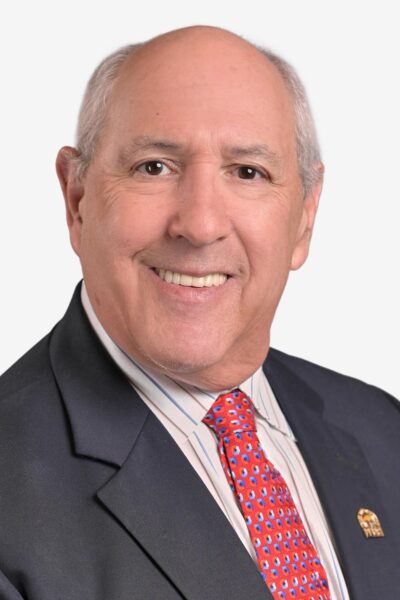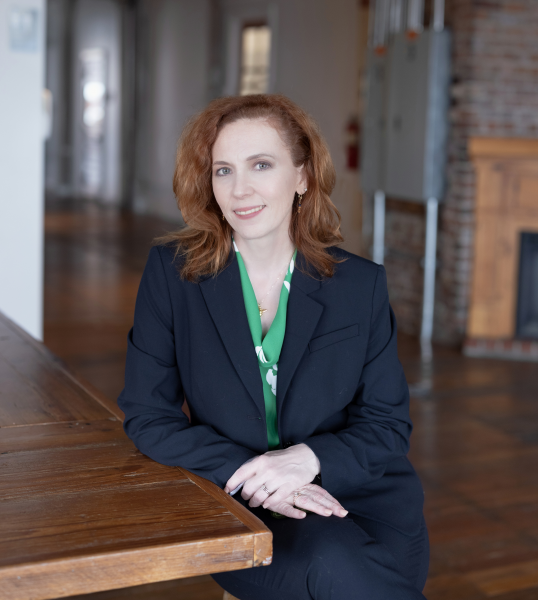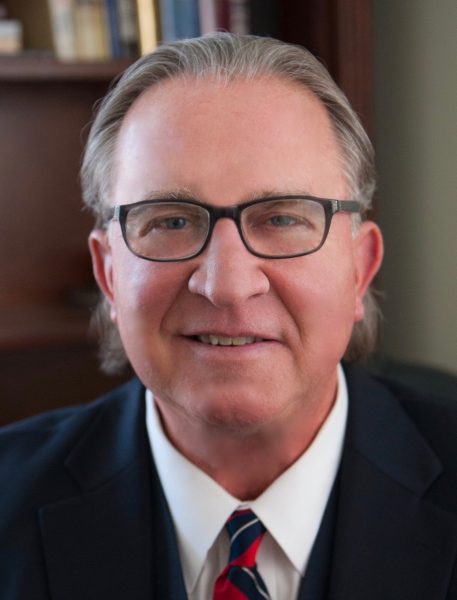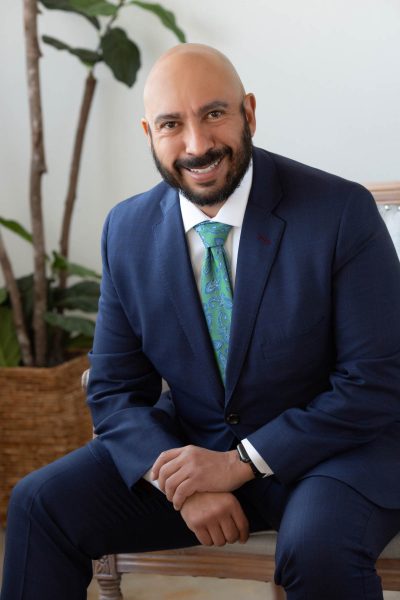Results For Articles or Consultants
Practice
MANDY CONNELL: We are dealing with significant brush fires, we’re going to have a really bad fire season, we have that here in Colorado and I thought it would be timely to bring someone on to talk about what a homeowner should do before the possibility of disaster strikes because we’re in a situation if a brush fire pops up near your home when you are at work you may not be able to go home again depending on the severity of the fire and its movements and things of that nature, so what kind of guidance can you give us in terms of preparing for a natural disaster before it happens?
DAVID STEGALL: The best thing to do is it go through your mind and imagine that it’s already happening. You want to have a plan before you have to deal with it, and the Colorado authorities, the national forest service and there is a number of things, has all sorts of things on their websites as to the best way to protect your property from a physical standpoint, but the best thing to do from an insurance standpoint is to make sure you’re “insured to value” which means that you have enough insurance on your house to pay for it when it burns down and this is a serious problem, this is where more of acrimony between policyholders and insurance companies happen on any other issue, it’s the value of the dwelling and a lot of people are confused on this issue. They think “oh well the mortgage company told me I have a mortgage of a $180,000 and so that’s what I want the insurance for.
Preparing business interruption claims takes thoughtful planning and insightful
analysis, clearly communicated to all of the parties involved in the claims process. One
of the most important factors is the breadth and depth of analyzing relevant financial
information related to interrupted business operations. Although this may seem like an
intuitive step, there is often a gap between the internally prepared financial information
and the analysis to determine lost profits. Application of due diligence results in a
smooth claim process, quicker payment from the insurer and a fair and equitable
recovery.
“Diminishing limits policies create a host of potential problems for insurance company claim departments. As is well known the insurance industry has long been plagued with “nuisance” claims. While in some instances insurance companies make quick settlements of nuisance claims to avoid defense cost expenditures, in others, insurers will attempt to resist such claims to avoid setting a precedent, thereby sending a message to the plaintiff’s bar that nuisance claims will not be honored. Considering that defense costs are deducted from the policy’s aggregate limits, either course of action places an insurance company in a difficult position. … “
The claims audit is the anathema of day-to-day claim operations. Nothing is more disruptive. Yet, if properly defined, nothing is more informative and helpful in improving a claim management program. This article will examine the need for a regular auditing program and provide a recipe for a three-dimensional approach to the process in order to maximize the accuracy of the audit results.
The need to conduct regular claims audits has already been widely discussed. With the magnitude of self-insured claims programs (including self-funded programs) and the millions of dollars spent on claim administration fees, what better way to verify whether the money spent has been justified or wasted? In essence, an audit of closed and open claims should accomplish several things.
“Directors and officers liability policies have long been issued on a “pure claims-made” basis (a
phrase this writer first coined in 1990). That is, they were written with no prior act date (also
known as a retroactive date). As a result, wrongful acts of the directors and officers dating
back to corporate formation were covered as long as the claim was first made against the insured
during the policy term. To minimize the singular risk D&O insurers were taking (i.e.,
“what probability exists that a claim will be first made against the insured during the policy
term?”), they began using a “continuity date” and/or a “prior/pending litigation exclusionary”
date that was the same as the inception date of the first policy issued. The date the insured
first obtained coverage thus became known as the “first coverage date” so the “continuity
date” could be honored at renewal. This was reinforced by a warranty within the application
for coverage stating that the insured was or was not aware of facts, incidents, or circumstances
that could give rise to a claim in the future.”
From the Spring 2018 issue of the CPCU CLEW Interest Group newsletter.





